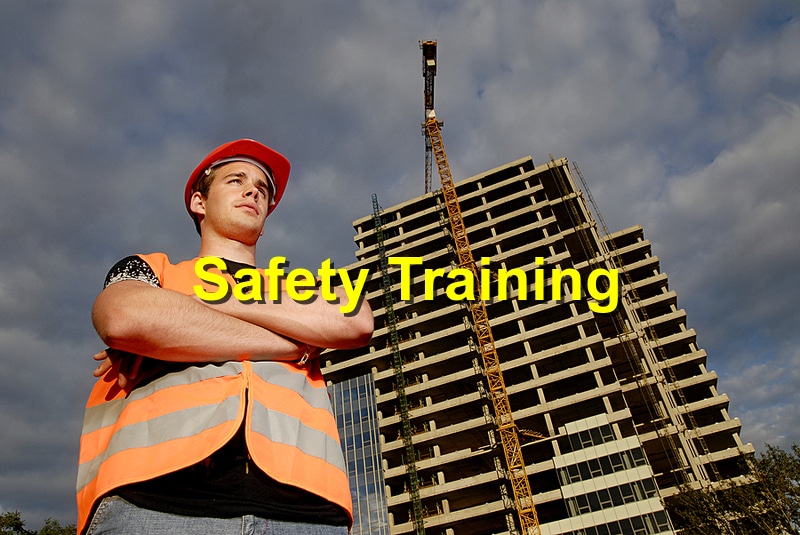Understand the critical role of safety instruction in construction to prevent accidents and injuries on job sites. Discover how proper training fosters a culture of safety, empowers workers with essential skills, and ensures the well-being of construction professionals in hazardous environments.
Mitigating Risks: Addressing Hazards Through Training
Safety training in construction is essential for identifying and mitigating potential hazards in the workplace. From working at heights and operating heavy machinery to handling hazardous materials, construction workers face numerous risks on the job. Through comprehensive training programs, workers learn to recognize hazards, follow safety protocols, and take proactive measures to protect themselves and their colleagues from harm.
Promoting Compliance: Meeting Regulatory Standards
Safety training in construction helps ensure compliance with regulatory standards and industry best practices. Construction sites are subject to strict safety regulations and guidelines established by organizations such as OSHA (Occupational Safety and Health Administration). By providing workers with the necessary training and certifications, employers demonstrate their commitment to compliance and uphold legal requirements to maintain safe working conditions.
Empowering Workers: Equipping Them with Essential Skills
Safety training empowers construction workers with the knowledge, skills, and confidence to perform their jobs safely and effectively. From basic safety protocols and emergency procedures to specialized training for specific tasks and equipment, workers receive comprehensive instruction that prepares them for the challenges they may encounter on the job. By investing in training, employers demonstrate their commitment to employee development and well-being.
Fostering a Culture of Safety: Making Safety a Priority
Safety training plays a crucial role in fostering a culture of safety within construction companies and on job sites. When safety is prioritized and ingrained in the company’s values and practices, workers are more likely to adhere to safety protocols, look out for one another, and speak up about potential hazards or unsafe behaviors. A strong safety culture promotes collaboration, accountability, and continuous improvement in safety performance.
Preventing Accidents and Injuries: Saving Lives
The ultimate goal of safety training in construction is to prevent accidents and injuries and save lives. Construction work is inherently dangerous, and even minor lapses in safety can have catastrophic consequences. By providing comprehensive training and ongoing reinforcement of safety practices, employers can significantly reduce the risk of accidents and injuries, protecting the well-being of their workers and preventing unnecessary loss of life.
Investing in Safety: Securing the Future of Construction
Safety training is not just a legal requirement—it’s a smart investment in the future of the construction industry. By prioritizing safety, companies can minimize downtime, reduce workers’ compensation costs, and safeguard their reputation and credibility. Moreover, a commitment to safety helps attract and retain top talent, ensuring a skilled and productive workforce that drives success and innovation in construction projects for years to come.
References: EMB,HSVB




